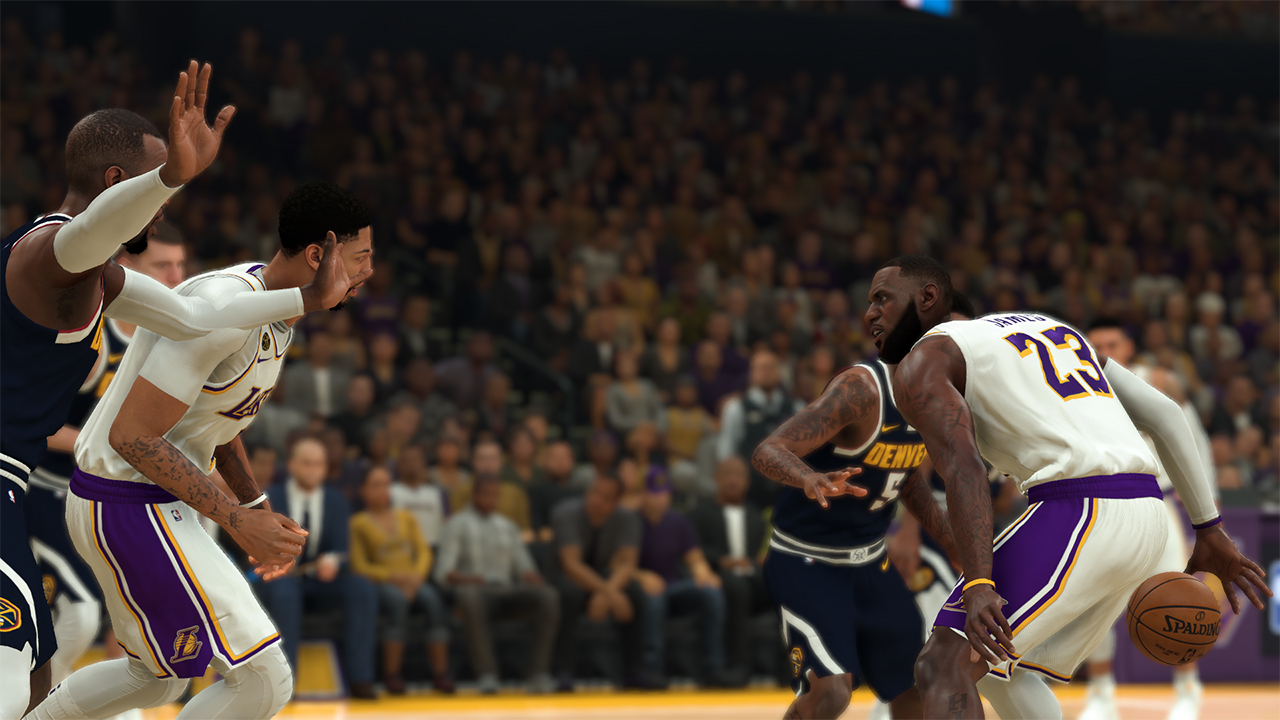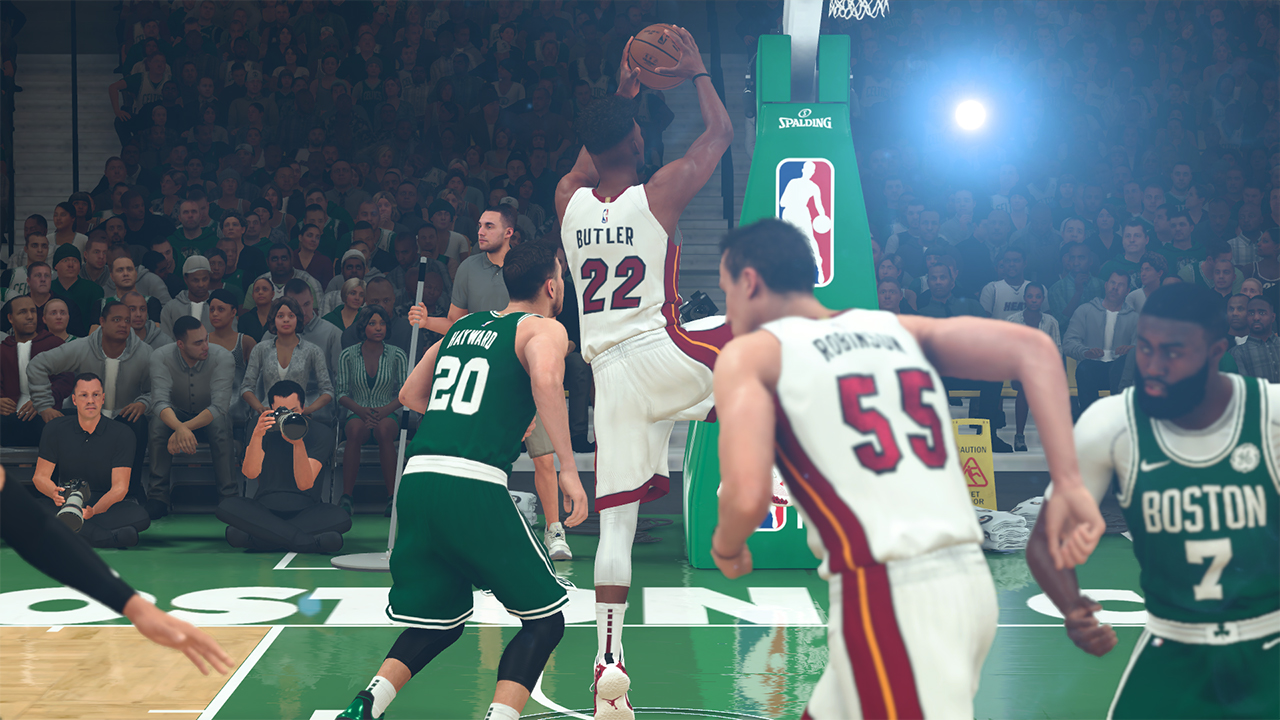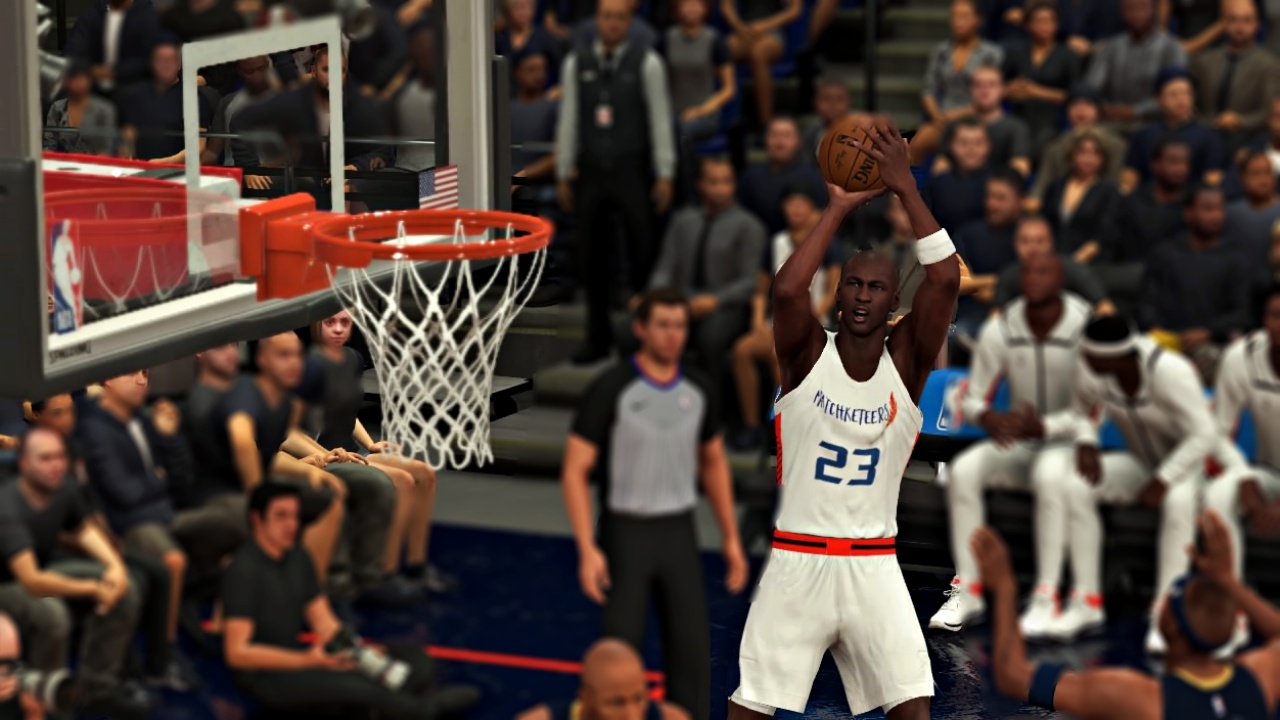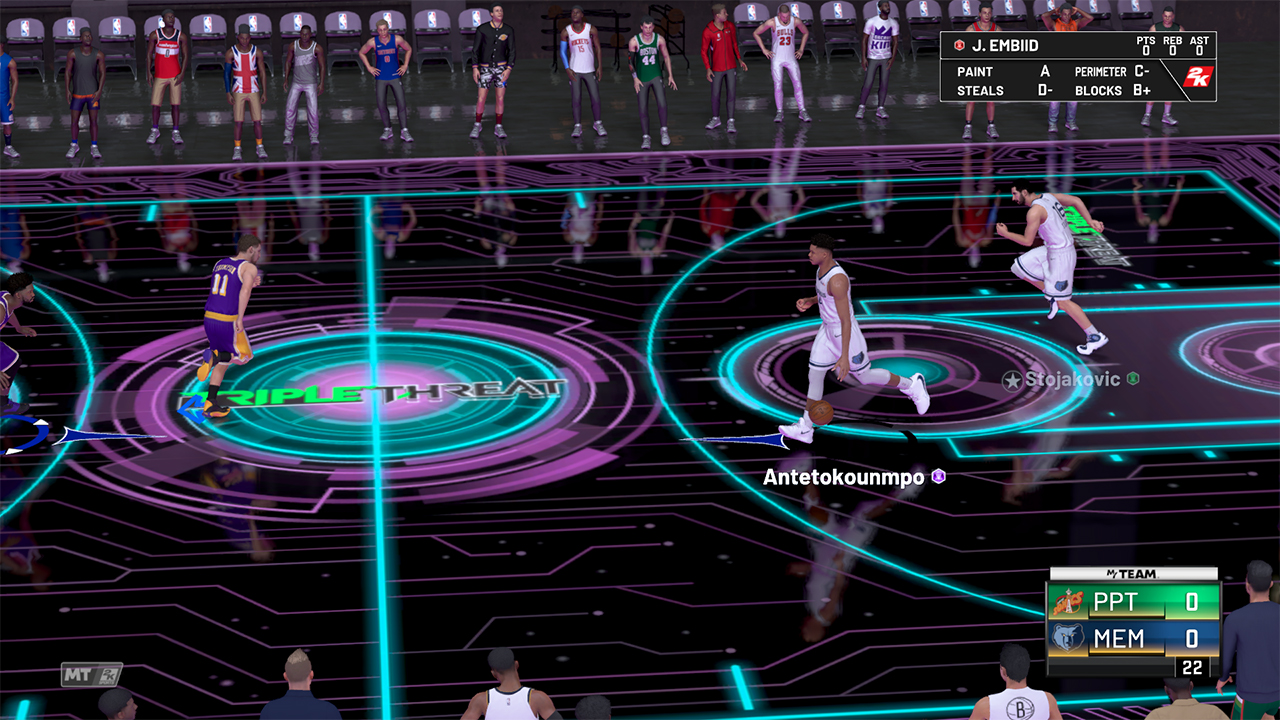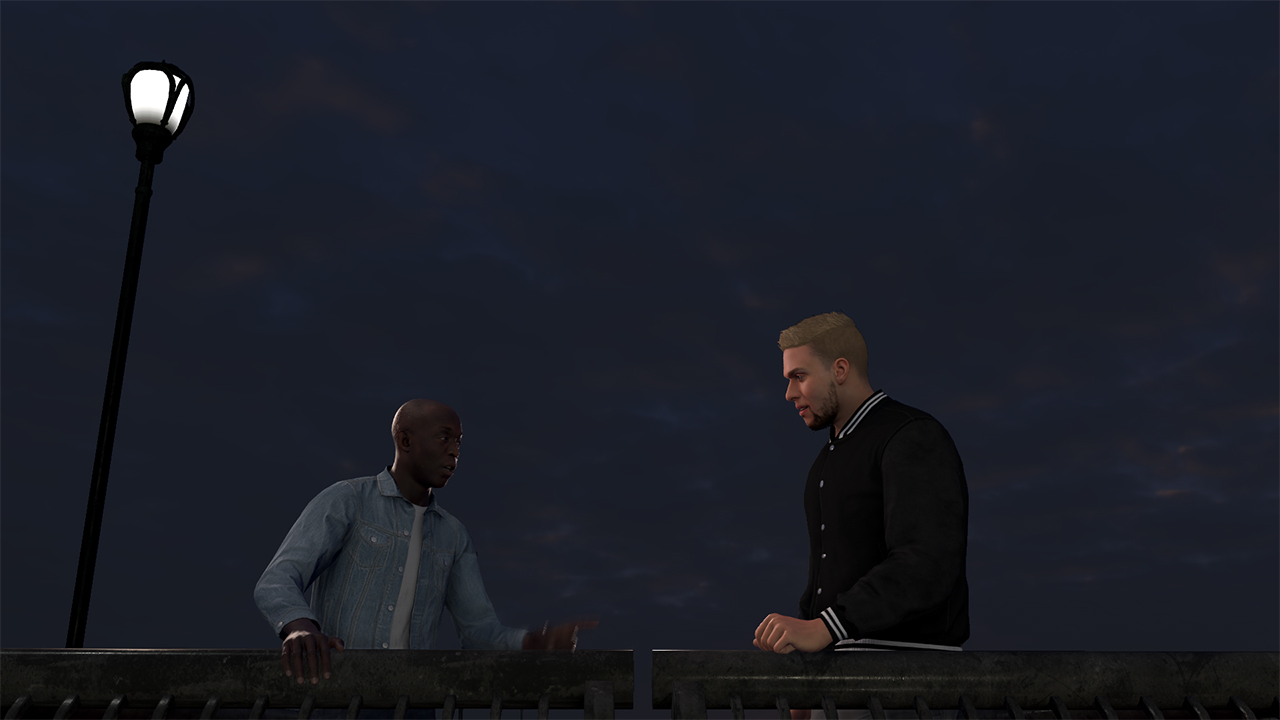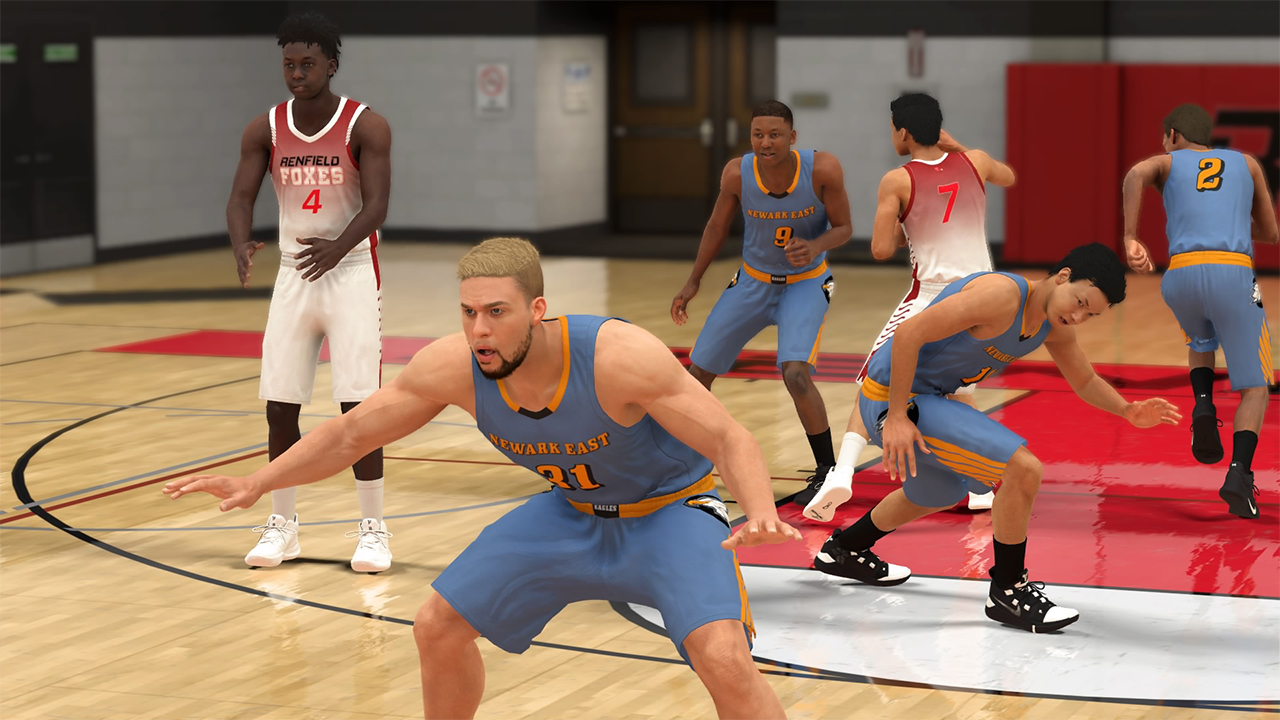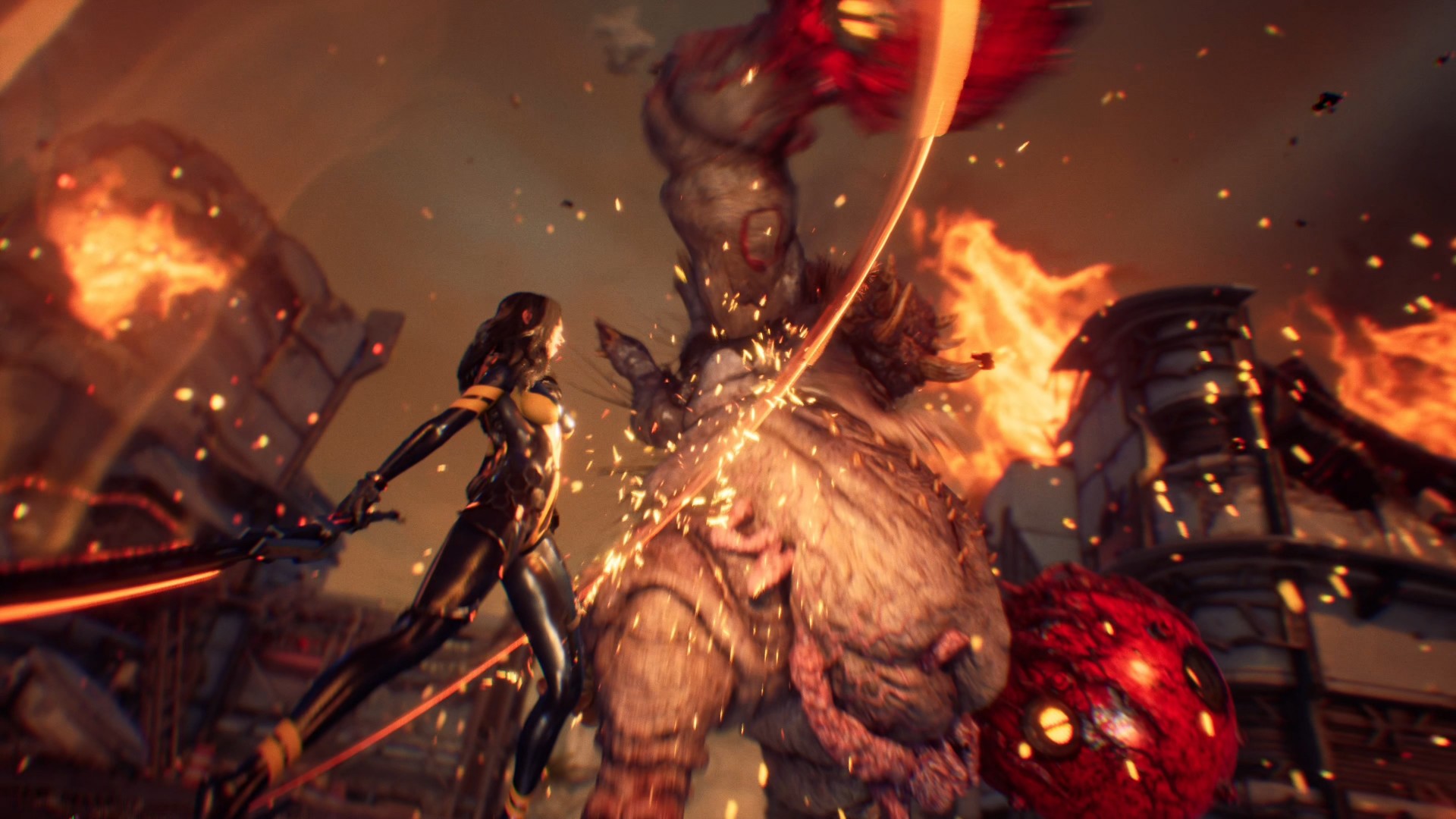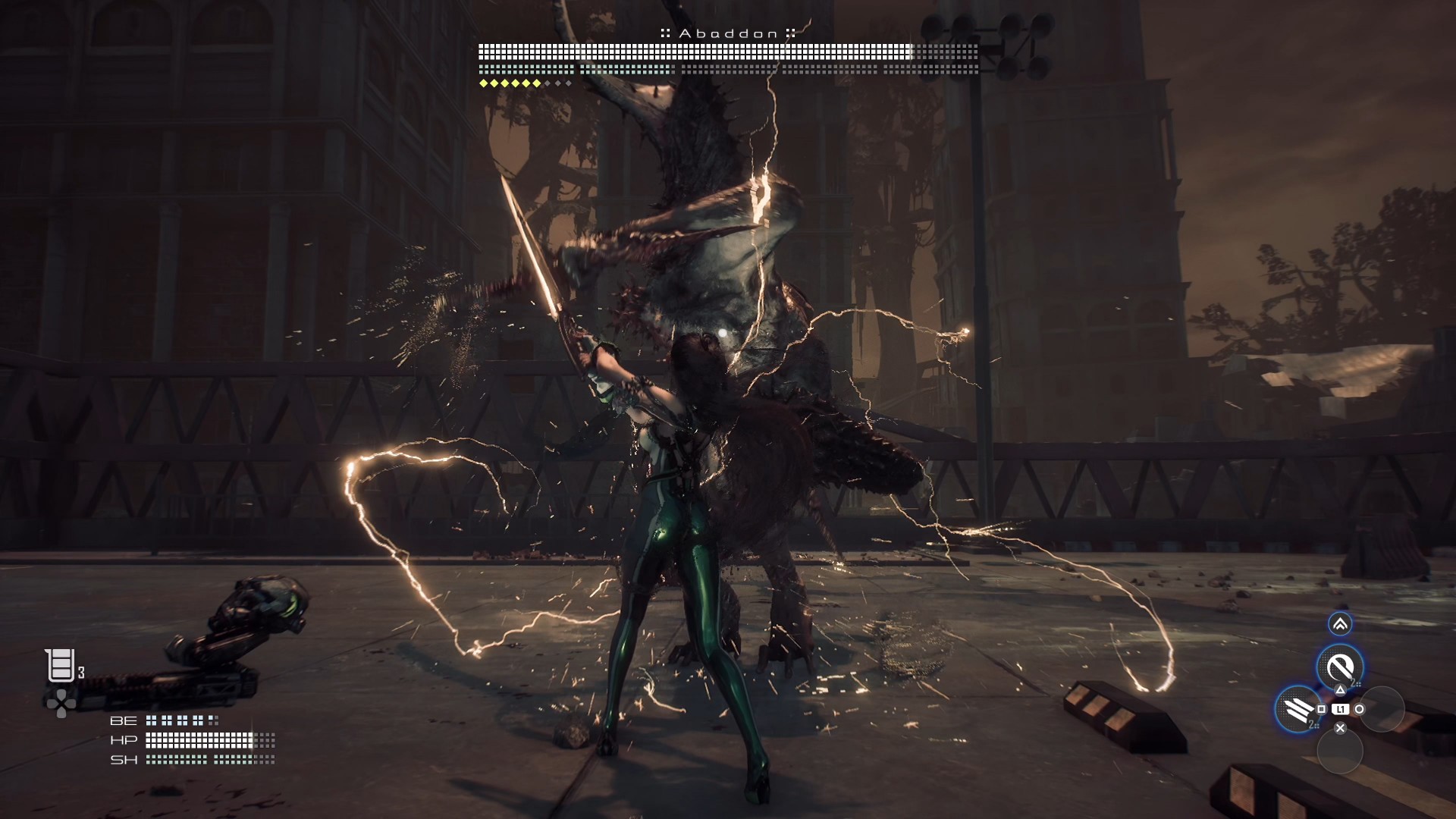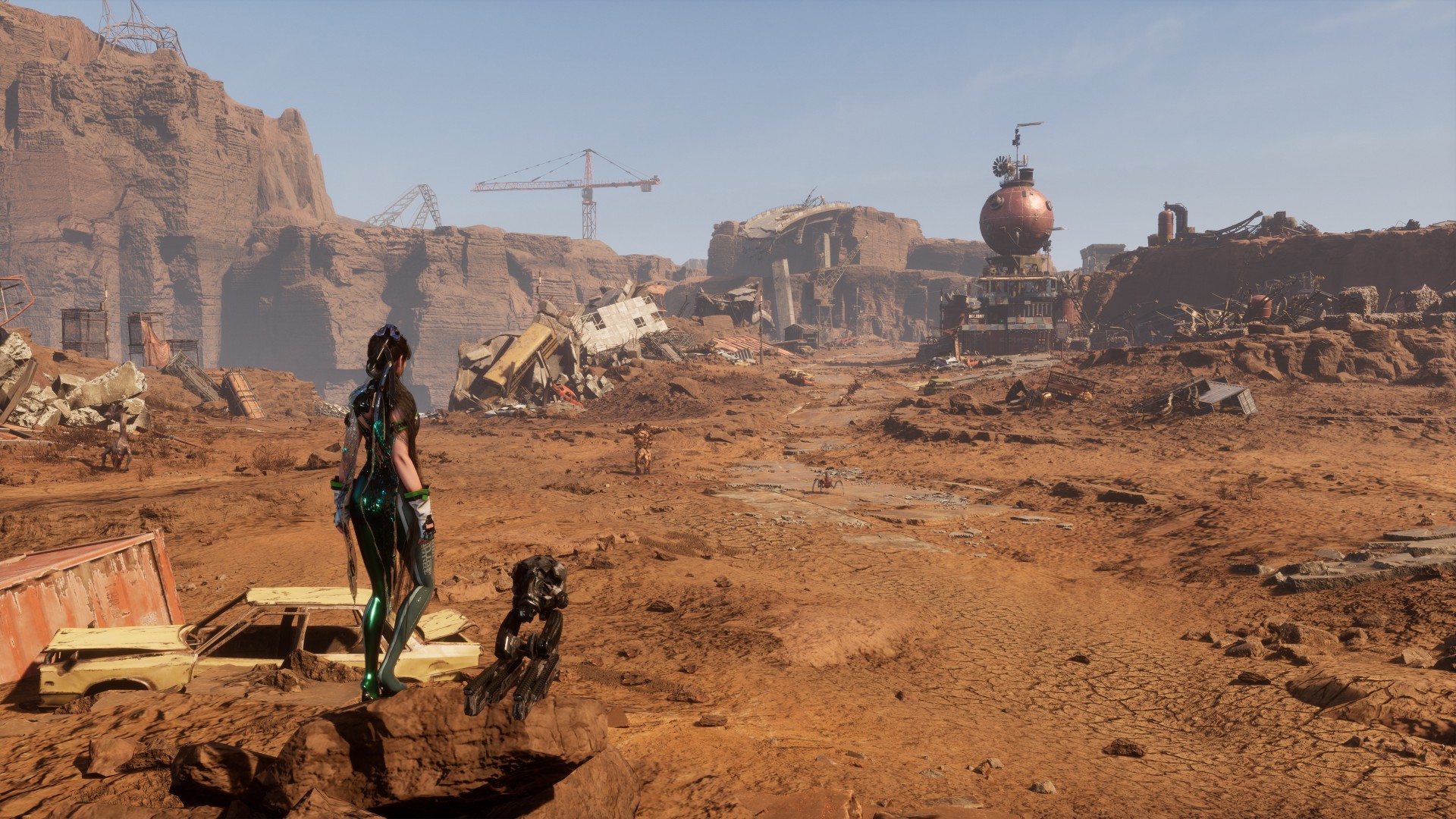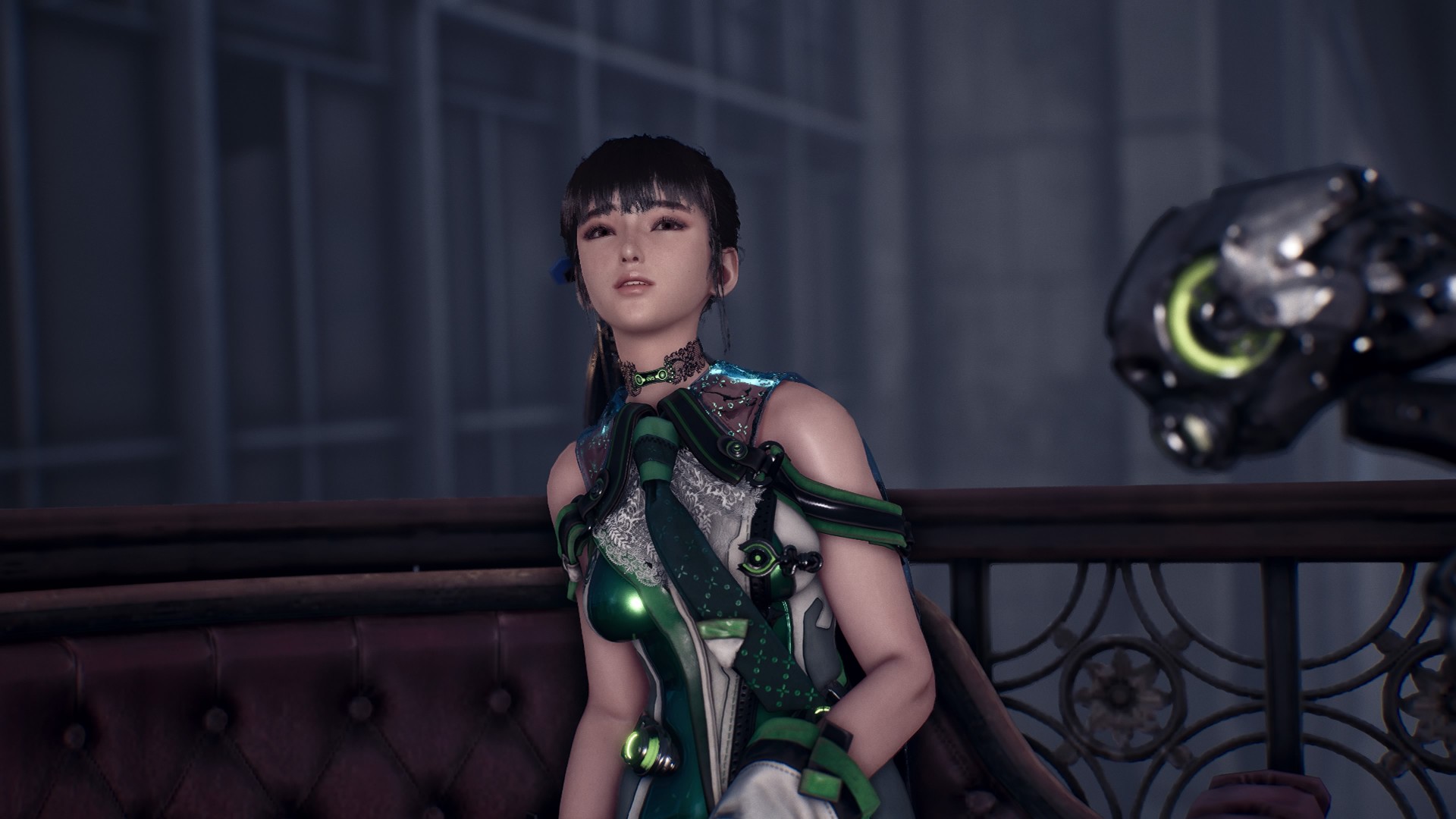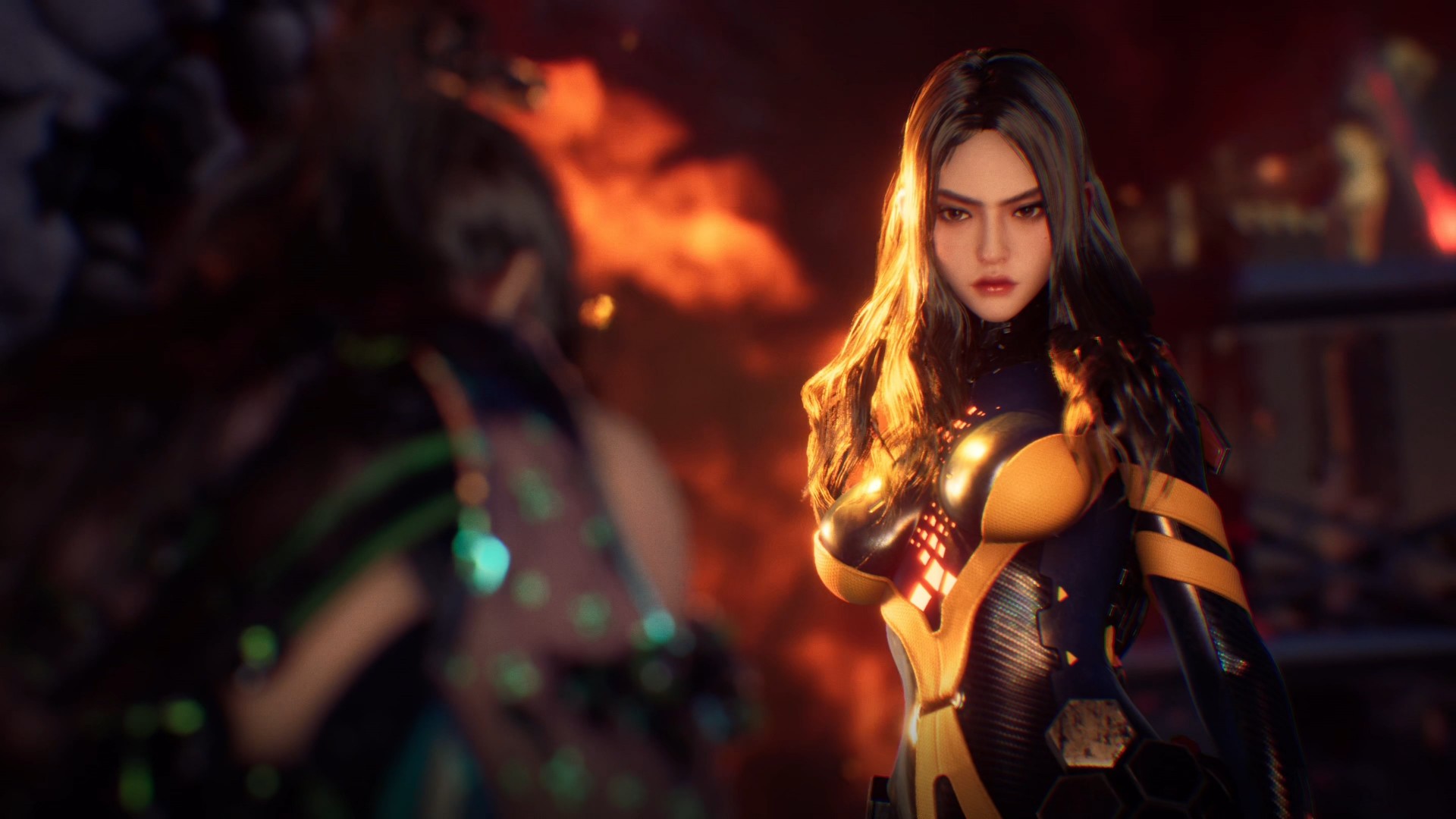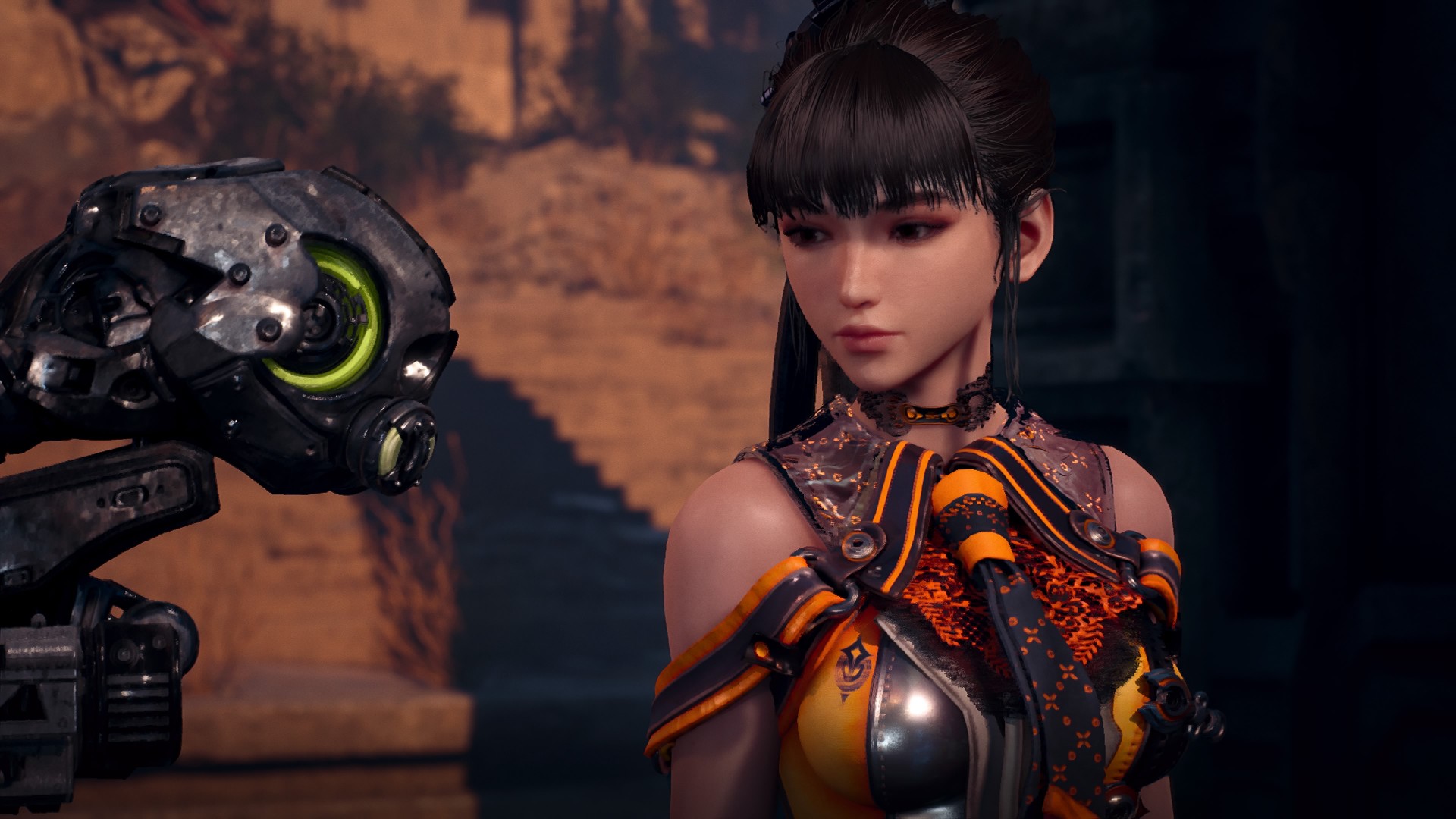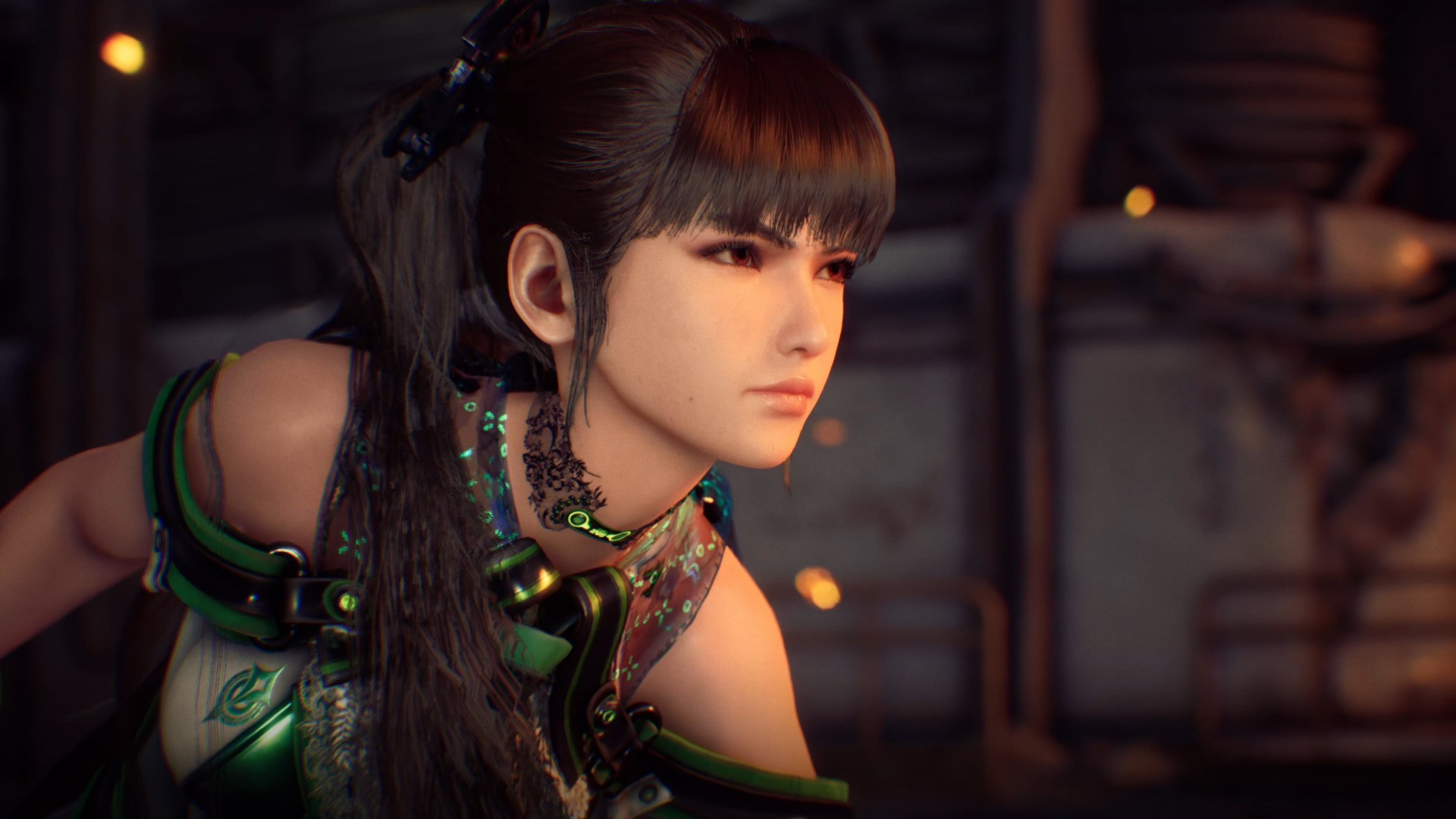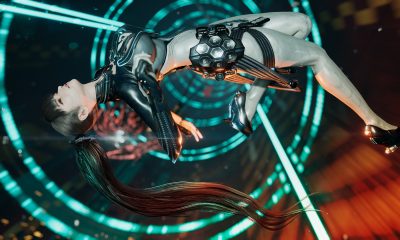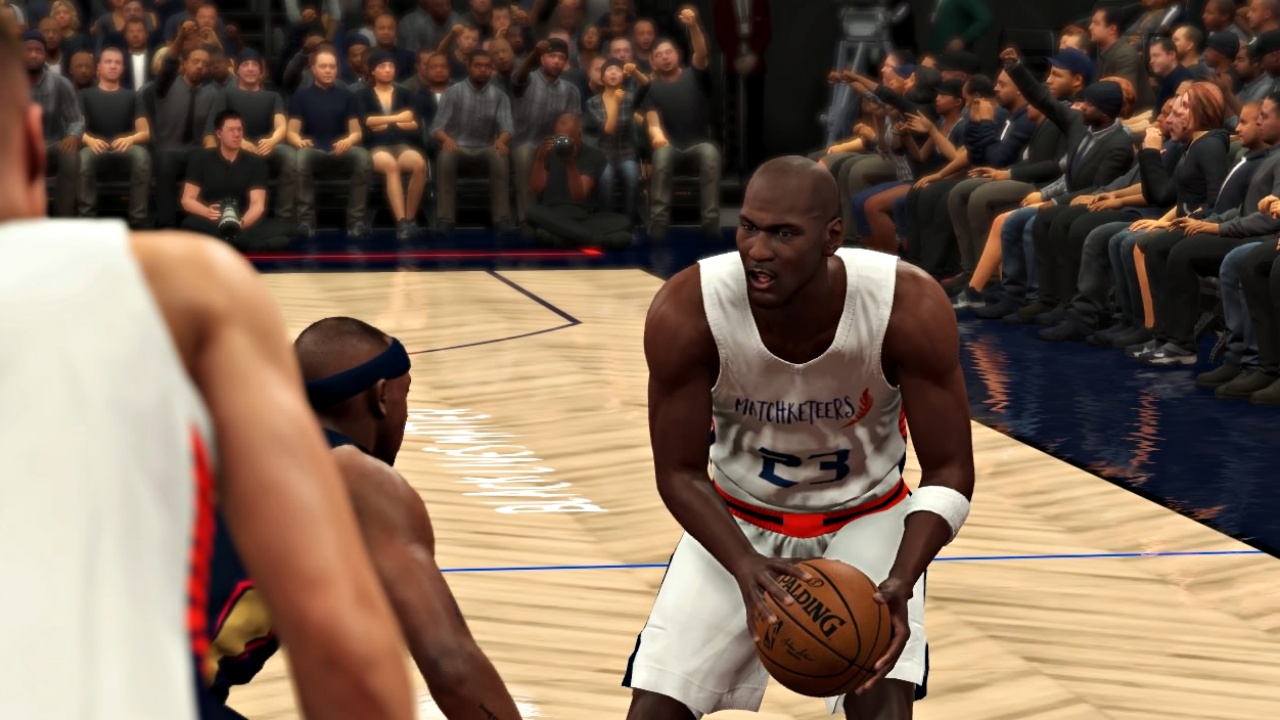
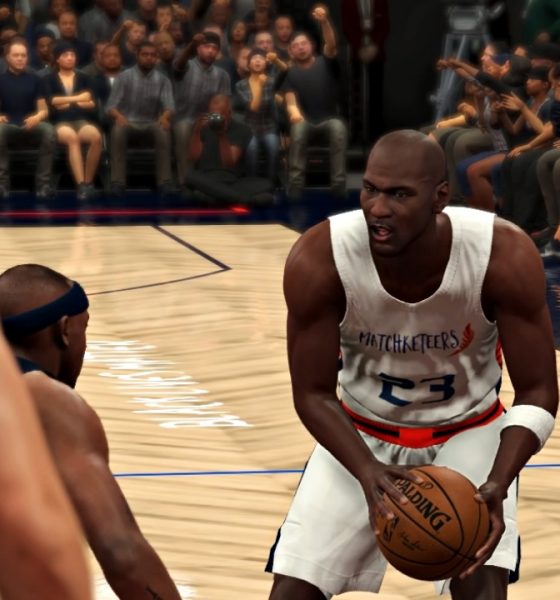
Gaming
NBA 2K21 review: Fading glory of basketball
Apart from a few fixes, it doesn’t try to reinvent anything
As of writing, we’re still in the midst of the NBA Playoffs taking place in Orlando, Florida. As the NBA turned to a quarantine bubble setup, the game just doesn’t feel the same. Fortunately, this time of the year — as weird as 2020 has gone — brings one constant thing to NBA fans alike. That’s right, a new NBA 2K video game!
NBA 2K21 comes around with almost the exact same flavor as its predecessor. It’s still the same kind of sports simulation that mirrors pre-pandemic NBA basketball. The live crowds, the clutch plays, and the jaw-dropping moments — it’s the same full NBA experience. But is this version of the game worth even looking at, now?
Is there anything new to look forward to?
Rodneil: There really wasn’t anything that’s remarkably new that was announced leading up to the game. It’s a little disappointing. But that may also be because 2K has already done everything it can do on the PS4/PS4 Pro platform?
Gab: I personally had zero expectations coming into the game. I got to play the demo a little bit and I got a glimpse of some of the changes — like the shot meter. Also, that demo pretty much jinxed the NBA Finals by putting the Bucks and Clippers in it. But again, it’s still the same NBA 2K game as before.
What made NBA 2K21 stand out from last year?
Gab: In my opinion, they didn’t do much to make this version stand out in any way. It’s still the same core experience as the previous two games. However, they tweaked the Pro Stick a little bit to add more fluidity to certain actions done in-game. And of course, there’s the change in the shooting controls when using the Pro Stick.
Rodneil: Some face scans and overall character models for players in the all-time and classic teams also look better. Previously, they looked like “lite” versions of players models in current teams, but no longer seems to be the case.
That said, some classic teams are in desperate need of more real players. If all 2K has rights to are just five players from that classic team, that isn’t much of a team. Either they put more thought into the generic players or they just scrap the team altogether and just add them when they have at least 8 players from that team.
What about the game modes? Are they any different from before?
Rodneil: I only really spend most of my time on three game modes: Quick Play, MyCareer, MyLeague/MyGM. For MyLeague/MyGM, I mostly customize the experience to my liking. Since I grew up looking up to players that entered the league around the 90s to 2000s, I would usually load user-created rosters and relive a particular NBA season.
I’m not sure if there are enough players like me, but I think a good addition would be a “What if” or “Legacy” option in MyLeague. What it will do is let you relive a particular season and make your own trades.
Of course, I understand the challenges of getting the rights to all the players but perhaps what 2K can do is highlight user-created rosters that can be used for each mode but have the year change from 2020-201 to whatever season you’re trying to relive.
Gab: Apart from the usual Quick Play and MyCareer, I do play MyTeam from time to time. Even in the previous versions, I always found myself going through this game mode to take a break from getting triple-doubles in MyCareer. I honestly felt that this time around, there’s actually an incentive to keep playing.
The usual roster of mini game modes and weekly challenges are there, which also ultimately test your game skill. This time, they even included a whole progression-type of reward system like how most shooter games have battle passes. Essentially, you earn XP to level up and earn rewards as you reach certain levels.
This is honestly a great addition to MyTeam as a whole. Before, I felt like there’s really nothing much you could do in it when you’ve finished the challenges. With this added feature of a progression-style reward system, I get to explore more of MyTeam.
Speaking of MyCareer, how did NBA 2K21 handle it?
Gab: MyCareer this time around was disappointing, at best. Last year, they did an entire college stretch, and it just felt like it wasn’t worth the wait. While I applaud going all the way back into a high school root, it just made the tedious part even more so.
For starters, I don’t know if it’s pretty common to switch sports in your senior year of high school. But somehow, that’s how this story begins: with Junior switching to high school basketball at the wake of his dad, Duke’s death. It doesn’t necessarily add anything new to the MyCareer experience, and instead makes the campaign longer.
Rodneil: The whole prep-to-pro thing just feels really out of place now. Plus your player during that period just doesn’t feel like it’s worth playing.
I want a story that chronicles an NBA journey, not some forced narrative about who I am as a player. It’s called MyCareer but every year it just keeps feeling like the story doesn’t match the game mode.
After all of that, is this still worth playing?
NBA 2K21 serves the obvious mixed bag of great basketball with roughly the same mix of game modes to boot. The action, player movement, and dynamic player moments is still top-notch. And while questionable decisions were made to the core gameplay, it’s still a joy to play even when you’re just passing time.
If you were getting into NBA 2K21 with a lot of expectations, I assure you that you will be disappointed, at best. An extended MyCareer storyline, coupled with not-so-stacked Classic teams for Quick Play don’t seem to incentivize you to maximize the game. While MyTeam actually gets some shine, I was sort of hoping every other game mode did too.
In the end, you will still consider getting this game, and possibly go for the Mamba Edition if you’re dead set on the PlayStation 5. If you still love playing the game of basketball from the comfort of your home, it will surely bring you that.

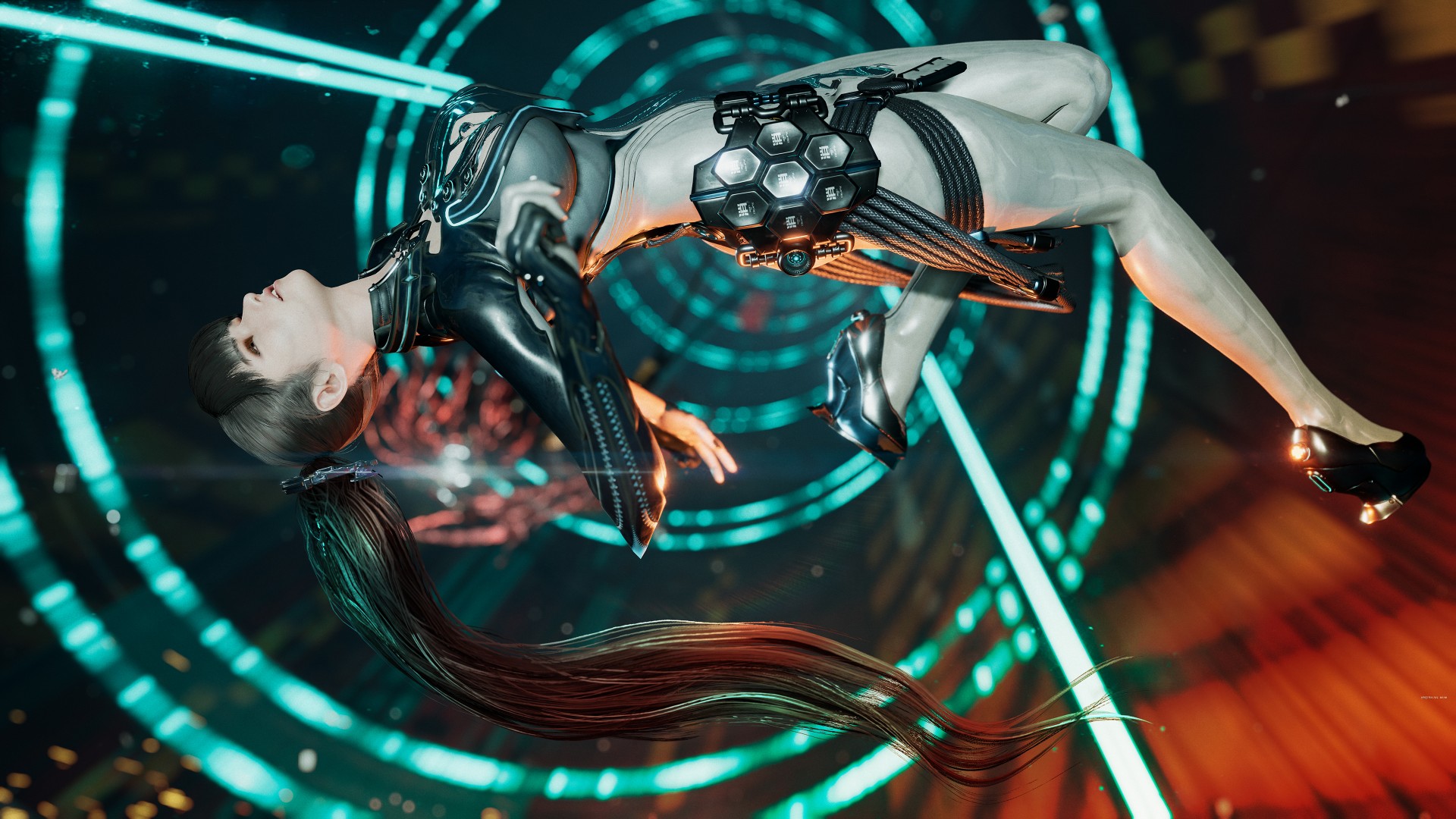
We didn’t have the best impression of Stellar Blade after spending time with the demo. Unlike certain players who poured a full game’s length of hours playing, our reception was lukewarm due to various reasons. But after finally having some time to focus on it, we now have a better understanding of its charm–and that goes beyond character design.
The game’s director has been ever-present in various gaming and tech news websites sharing nuggets about the game and reacting to the many comments made about the proportions of its female characters. That’s a rabbit hole we’re not diving into. Instead, we’re piggy-backing on one of his responses: Just pick up a controller and play it.
Steep combat learning curve
Stellar Blade’s combat didn’t click with us right away. But that’s because we approached it more like a hack-and-slash and not for the precise combo-parry sequence that it demands. A fellow reviewer aptly described our experience: It was a lot more “Soulslike” than we anticipated.
It took a while to get over that hurdle. For one, this writer isn’t particularly fond of Soulslikes. Skill issue. That’s tough considering a big part of this game’s charm is its combat. We can’t say that it fully clicked with us, but it certainly has its moments.
In combat, you have to pay attention not only to your enemy but also to how the protagonist, Eve, acts in different combo animations. If you’re not careful, you might find yourself getting hit during a lull in your combo.
You don’t have to memorize every single combo, although if you could, that’s certainly an advantage. We can compare the practice to memorizing combos of characters in Tekken, although at a milder rate.
Parrying is tricky but that’s not the only way to counter your enemies. One of the first skills you unlock is one that lets you get behind your enemy after they unleash a fatal attack (cued in with blue indicators) and hit back with your own counter. The animation looks so good that you’ll feel like an absolute badass every time you do it. It’s one of the moves that never got old throughout the entire playthrough.
As you progress through the game you’ll unlock ranged weapons that will expand your combat capabilities further. Hard combat enthusiasts should have a field day.
For more casual players, there’s no shame in switching to Story Mode which is what we did for about 70% of the playthrough. It’s easier, sure. But it can still present challenges especially during certain encounters.
The boss battles are TOUGH
We’re going to chalk this up again to skill, and perhaps patience, issue. But Stellar Blade’s boss battles are incredibly tough. Not to the point that you’ll want to throw your DualSense controller though.
What can make it frustrating is that the patterns of the enemies, especially the earlier bosses and mini-bosses, are easy to track. But they’re not exactly easy to deal with.
Parrying becomes an even more critical skill in these encounters. It’s one of the reasons why we opted to slide down the difficulty. Otherwise, this writer will never finish the game.
Pulling from different games, worlds
We have seen many compare Stellar Blade to the Nier games. Other than the setting, another big contributing factor in that comparison is the soundtrack.
During roaming, exploring, and combat, the music will change from time to time. However, they stick to this theme that’s a little eerie. It’s hard for us to describe but it’s almost like a crescendo that never quite swells up. It matches the game’s world perfectly — it feels hollow and devoid of life but still has a sliver of hope.
Combat isn’t the only thing you’re doing here. While it’s mostly linear at first, Stellar Blade offers a healthy mix of exploration, platforming, and puzzle-solving.
The puzzles don’t get in the way of the pacing. They’re quite engaging and offer a decent level of challenge. Roaming and exploration will yield you loot to improve your gear and stats. Occasionally, a Naytiba (the game’s primary foils) will surprise you for a good jumpscare moment.
Stellar Blade doesn’t reinvent anything nor does it offer anything particularly new or groundbreaking. But everything it borrowed from other games is retrofitted to match the game’s vibe and overall aesthetic. The result is a polished experience of familiar gaming mechanics.
Eve
Another aspect that did not grab us as much during the demo is the main character, Eve. The first hour of the game doesn’t do much to endear the player to her.
That slowly changes as you play through the game. Through a mix of cut scenes and world-building collectibles, you get a better sense of what Eve is, her mission, and ultimately her purpose.
If you’re familiar with the animé Violet Evergarden, Eve and that show’s protagonist share a similar character arc. They initially seem one note and bland, but the layers are peeled back as you learn more about them and how they relate to the world and the people around them.
Is she hot? Hell yeah. But as cliché as it is, she’s certainly more than what meets the eye.
Should you play Stellar Blade?
Unlike the PlayStation 5 exclusive that immediately preceded it, Stellar Blade has plenty in common with past PS5 exclusives — visually captivating, cinematic experiences, with satisfying gameplay.
Its level of challenge is closer to Sekiro and Bloodborne but it’s also not quite as difficult. In the same category but certainly not in the same stratosphere.
It also has an alluring charm that goes beyond its aesthetics. As mentioned earlier, nothing about it is particularly new or groundbreaking. But it’s polished and cohesive. There’s something about the overall feel of the game that draws you in and makes you want to see it through.
Stellar Blade is a Day 1 purchase if you’re up for the challenge. And if you consider the game director’s goal of having a high quality AAA console game from South Korea which is dominated by PC and mobile gaming, we say they did just that. Now, it’s just up to us to pick-up the controller and play.
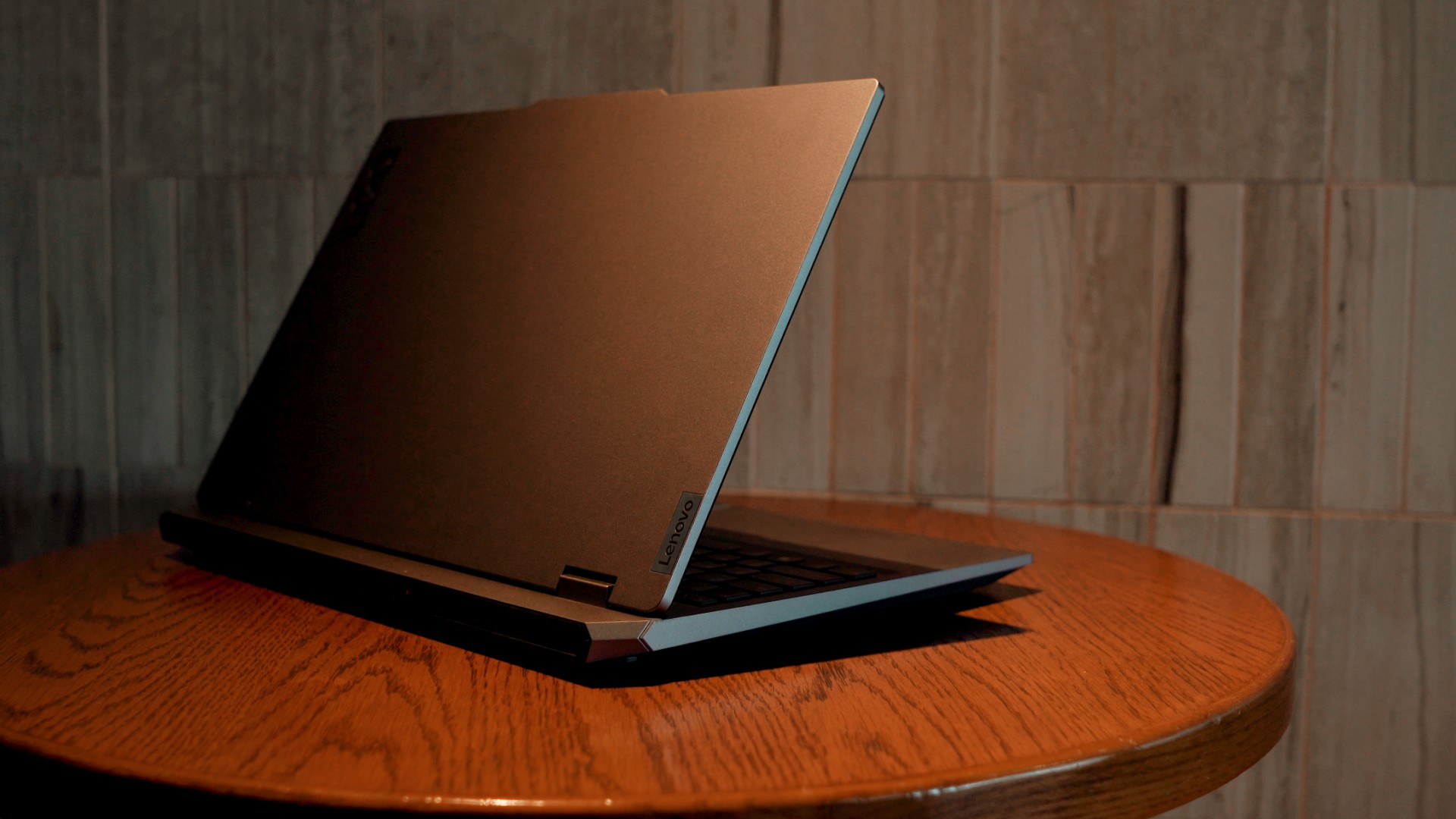
Get your game on with the Lenovo LOQ 2024. This capable laptop is your entry point to PC Gaming and a lot more.
It comes an absolutely affordable price point: PhP 48,995.
You get capable hardware and the hood to support gaming and more. The Lenovo LOQ 15IAX9I runs on the 12th Gen Intel Core i5 processor and Intel Arc Graphics.
Those are key to bringing unreal graphics to this segment. Supporting latest tech like DirectX 12 Ultimate, players are able to enjoy high frame rates on the Lenovo LOQ.
Creating content? It comes with AI Advantage to help boost performance. Engines and accelerators boost the media processing workloads especially for creatives. It also works with Intel’s X Super Machine Learning, Leading to images that are as close to reality.
The laptop supports a configuration of up to 32GB of RAM and 1TB of SSD Storage.
As for its display, the device has a large 15.6-inch, Full HD panel that is more than enough for gaming, video editing, content consumption, and whatever else you do on a laptop. This display has 144Hz refresh rate, 300 nits brightness, and anti-glare.
Videos come out clear, crisp, and realistic. Audio is punchy and as loud as it gets. Windows Sonic elevates it more when you use headphones. And it just takes a few minutes to render HD videos on editing software.
As it runs on Windows 11, if you are going to use it for work, you can take advantage of various features. The Lenovo Vantage Widget is there for constant reminders, Copilot will help you organize your tasks, and Microsoft Edge is there for casual browsing.
There is an assortment of ports at the back for easy connectivity. And as this is meant for gaming, we put it to the test. Racing that looks better with high frame rate? Check. Shooting titles that require heavy work? Not a problem. You can play all your favorites and not worry about performance.
Best of all, it takes less than an our to juice up this laptop all the way to 100%.
So, whether you’re looking to get started with PC Gaming, or an upgrade for work and entertainment needs, the Lenovo LOQ has you covered.
This feature is a collaboration between GadgetMatch and Lenovo Philippines.
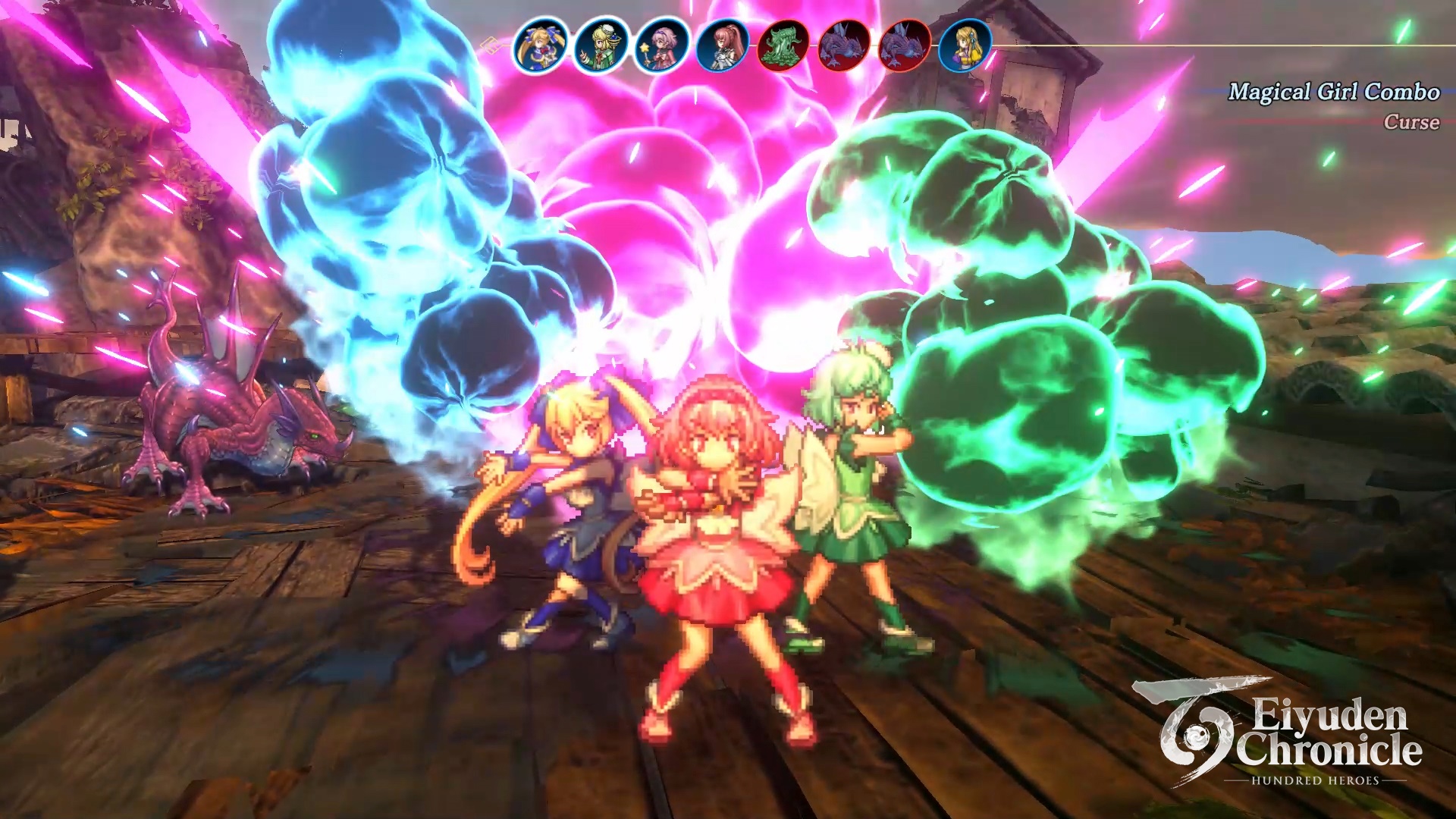
Rabbit and Bear Studios and 505 Games’ Eiyuden Chronicle: Hundred Heroes is now available across multiple platforms. One of the most anticipated JRPGs in recent memory may now be played on PlayStation 4, PlayStation 5, Xbox X|S, Xbox One, and Nintendo Switch. Moreover, it may be accessed on PC via Steam, the Epic Games store, and GOG.
Eiyuden Chronicle: Hundred Heroes is crafted by game developers Junko Kawano (Suikoden I, IV) and the late Yoshitaka Murayama (Suikoden I, II). The title features a modern take on classic 2D side-scrolling games. It has a six-character battle system, meticulous 2D sprites and 3D backgrounds, and a riveting story. As the name suggests, you can play over 100 characters.
GadgetMatch had the privilege of playing the game’s early preview here: Eiyuden Chronicle: Hundred Heroes First Impressions
The refreshed environment immediately stands out. There is more detail, depth, and movement compared to how side-scrolling games of the past used to be played. The game lets players choose their party mates. Meanwhile, the actual combat is turn-based, giving players room to strategize what sequences or gimmicks to select.
With more than 100 characters to choose from, the game also allows players to appropriately select heroes fit for certain regions and dungeons throughout the story. Moreover, some are designated catalysts that can give you access to more of the world’s treasures. In between, users may enjoy mini-games, like the fishing side quest in the preview. The collected fish can be part of another mini-game — cooking — as ingredients for recipes you can cook with.
-

 Events2 weeks ago
Events2 weeks agoStellar Blade: PlayStation taps cosplayers to play Eve for game’s launch
-

 Features1 week ago
Features1 week agoFortify your home office or business setup with these devices
-

 Accessories2 weeks ago
Accessories2 weeks agoLogitech unveils G Pro X 60 gaming keyboard: Price, details
-

 Reviews1 week ago
Reviews1 week agorealme 12+ 5G review: One month later
-

 Deals2 weeks ago
Deals2 weeks agoTCL P635 TV: Big savings for TCL’s anniversary
-

 Gaming1 week ago
Gaming1 week agoNew PUMA collection lets you wear PlayStation’s iconic symbols
-

 Accessories1 week ago
Accessories1 week agoMarshall Major V: Reasons Why I Love It
-

 Gaming1 week ago
Gaming1 week agoMore PlayStation 5 Pro specs have been leaked

